Rotationally molded plastics are thermoplastic products fabricated through the rotational molding process, or rotomolding. A thermoplastic is a plastic material that will soften when repeatedly heated and cooled. The rotomolding process is simple and inexpensive, involving only a revolving mold and high heat. Rotationally molded plastics are hollow, with the high tensile strength and uniform wall thickness due to single piece construction. Read More…
As a full-service rotational molding company, Roto Dynamics is your source for high quality, custom rotomolded products. Since our inception, we have continued to earn success by closely working with our customers, developing innovative and tailored solutions. We are with you every step of the way, from design and development to production and assembly. For a complete view of our capabilities and ...
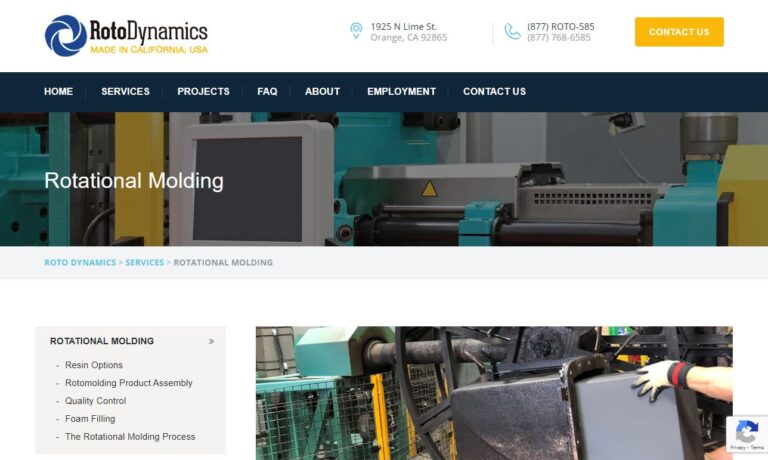
We are a custom manufacturer of rotationally molded products. Our state of the art technology creates precise, cost effective and dependable products. Whether your order is large or small, we want to be sure you are satisfied.

Western Industries Plastic Products, LLC, specializes in large-part plastic blow molding. We provide expertise and services in product design, process improvement, and product assemblies. We offer our customers comprehensive services and turnkey opportunities to achieve their specific project goals. We can assist with: R&D, product design, product improvement, and secondary-fixture design. For...
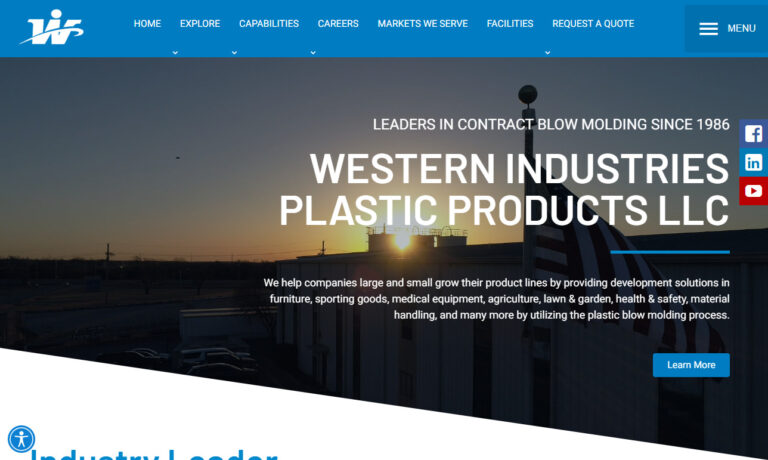
We provide outstanding custom plastic rotational molding. Our teams offer short lead times and we will assist you from concept to production. All of our materials and designs are FDA approved and we can handle the most complex projects. We are your one stop shop for all of your rotational molding needs. Give us a call today to learn more information!
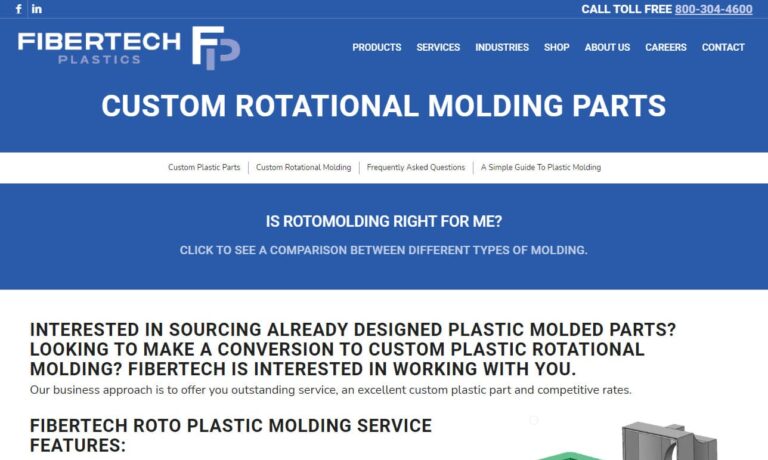
Michiana Rotational Molding provides unparalleled rotational molding services that ensure efficient design, innovation, and functionality. Based in southwest Michigan, the company offers engineering, prototyping, finishing, design consulting, and quality control services. It has experience creating solutions for clients in the marine, home and garden, RV, and material handling industries and more ...

Our warehouses and equipment are designed to protect the quality and condition of the rotationally molded plastic products we sell and process. Our facilities feature state of the art equipment, and are run by a team of dedicated staff members who will help you find what you need. Contact us today!
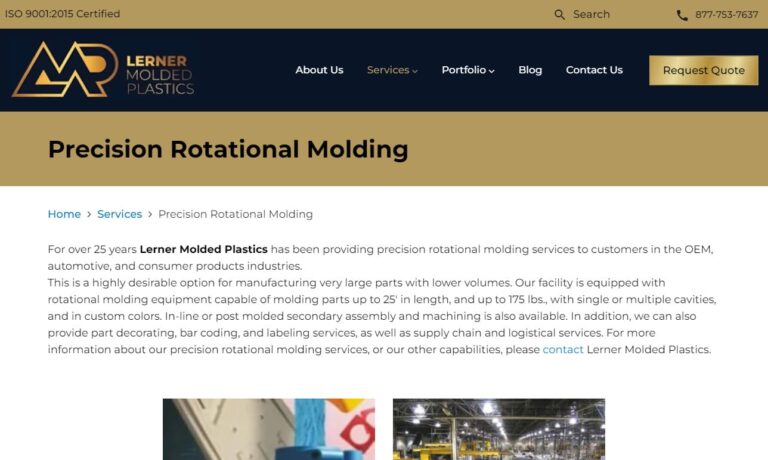
United States Plastic Corp. manufactures and distributes some 25,000 plastic items serving over 85,000 clients operating in a factory five acres under roof. Our major product is manufacturing plastic tanks, the distribution of bottles, carboy and plastic containers. This also includes plastic sheet, rods, tubes, flexible tubing and thousands of plastic fittings.
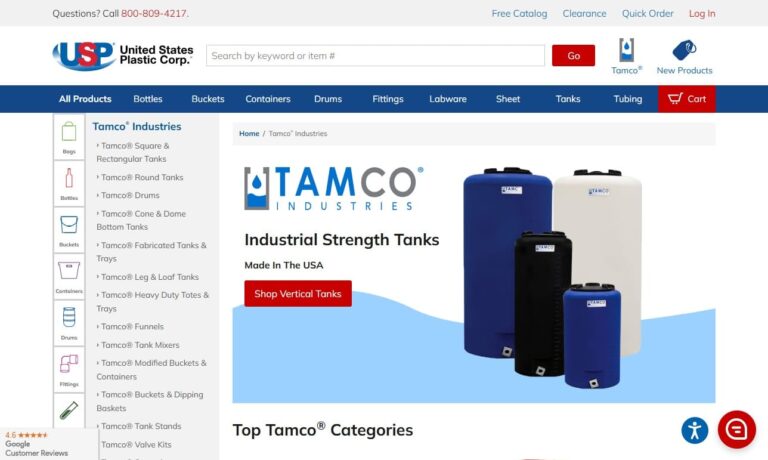
More Rotational Molding Companies
Applications
Customers appreciate rotomoulding for the superior quality of its rotomolded products and the affordability of its tooling costs. Rotomolded plastic parts are known for their high tensile strength, consistent wall thickness, and seamless single-piece construction.
This manufacturing process is favored across various industries, including road construction, agriculture, plumbing, sporting goods, packaging, material handling, automotive, toy manufacturing, wastewater management, pharmaceuticals, food and beverage processing, fuel and oil, chemical handling, and marine manufacturing.
Products Produced
Rotomolding is a versatile technique for manufacturing a wide array of products and components. In the realm of sports and recreation, this process is used to create items such as canoes, kayaks, playground slides, footballs, and sports helmets. Beyond these, rotomolding also produces large plastic vessels and storage tanks, safety cones, sizable trash containers, various hollow bins, outdoor furniture, and beverage containers.
History
In 1855, a British inventor named R. Peters pioneered the first rotational molding process. His goal was to create artillery shells and other hollow vessels with uniform density and wall thickness. To achieve this, he utilized a technique involving biaxial rotation and heat.
Despite the brilliance of Peters’ invention, it wasn’t widely revisited until the early 20th century. In 1905, American Fred A. Voelke discovered that rotational molding could be used to create hollow wax objects. Approximately five years later, G.W. Perks and G.S. Baker applied this technique in an unexpected way—producing hollow chocolate eggs.
In the 1920s, R.J. Powell pioneered the use of rotational molding to shape plaster of Paris, a soft blend of lime, sand or cement, and water. This material, named after the gypsum deposits found in Montmartre, Paris, marked the early days of the technique. By the 1940s and early 1950s, plastic rotational molding experienced another transformation with the advent of plastic molding. This method became popular for producing hollow plastic toys, particularly doll heads. The molding machines of this period were assembled from rear axles and other automobile parts, powered by electric motors, and heated by gas burners. Manufacturers used molds made of copper and nickel, which were cooled in water baths, predominantly working with PVC plastic.
In the 1920s, R.J. Powell pioneered the use of rotational molding to shape plaster of Paris, a soft blend of lime, sand or cement, and water. This material, named after the gypsum deposits found in Montmartre, Paris, marked the early days of the technique. By the 1940s and early 1950s, plastic rotational molding experienced another transformation with the advent of plastic molding. This method became popular for producing hollow plastic toys, particularly doll heads. The molding machines of this period were assembled from rear axles and other automobile parts, powered by electric motors, and heated by gas burners. Manufacturers used molds made of copper and nickel, which were cooled in water baths, predominantly working with PVC plastic.
In 1976, delegates from multiple nations convened in Chicago, founding the Association of Rotational Molders (ARM), a global trade organization. Since then, ARM has grown to encompass members from 58 countries, fostering collaborative rotomolding efforts worldwide. Following ARM’s inception, engineers introduced innovative raw materials to its members, such as polycarbonate and nylon. These materials revolutionized industrial mold, water tank, and fuel tank production, enabling manufacturers to achieve significant advancements.
Engineers and manufacturers today employ advanced control and monitoring systems for cooling, initially pioneered in the 1980s at Queen’s University Belfast. They persistently innovate, exploring new materials and reimagining the rotomolding process, continually pushing the limits of what can be achieved.
Materials Process
Many plastics are suitable for rotational molding, spanning a wide range such as polyethylene (PE), cross-linked polyethylene, high-density polyethylene (HDPE), linear low-density polyethylene (LLDPE), and polyvinyl chloride (PVC). Among these, polyethylene stands out for its lightweight nature and low modulus of elasticity.
Polyethylene (PE)
Polyethylene, also known as polythene, stands as the most prevalent type of plastic. Despite its moderate strength, it boasts high impact resistance, hardness, and rigidity. Additionally, it is ductile and resistant to friction. Common products made from rotational molding of polyethylene include bottles, pipes, and bins.
Cross-Linked Polyethylene
Cross-linked polyethylene boasts excellent impact strength, resistance to environmental stress cracking and abrasion, making it particularly suitable for applications exposed to extremely low temperatures.
HDPE
High-density polyethylene also excels in cold-weather performance and adaptation. Moreover, this high-flow, high molecular weight thermoplastic enhances product quality with superior interior gloss.
LDPE
Rotationally molded linear low-density polyethylene parts offer exceptional fit and finish, along with robust impact resistance, tensile strength, and insulation capabilities.
PVC
Polyvinyl chloride, often known as PVC or vinyl, boasts exceptional chemical resistance, high transparency, long-term stability, reliable weather resistance, superior flow properties, and consistent electrical performance. It is versatile, available in both flexible and rigid forms.
Process Details
- In the production of rotationally molded plastics, the process begins with loading raw plastic material into a metal mold supported by arms known as spindles, a phase referred to as charging.
Note: Manufacturers have the option to procure raw materials from external sources or to handle poly processing on-site.
- The loaded molds are moved to a heating chamber where they are heated and rotated on both horizontal and vertical axes of the spindles until they become molten. This low-pressure technique ensures that the molten plastic, potentially fortified with corrosion and static-resistant additives, uniformly coats the interior walls of the mold cavity.
- During the third phase of rotomolding, the cooling stage commences, where the product is cooled and dried by air and water for approximately twenty minutes.
- The final step involves reopening the completely dried mold and manually extracting the newly formed plastic part.
Design
When crafting a rotationally molded plastic part, manufacturers carefully weigh various application specifications. These include essential product traits such as strength, thermal durability, and flexibility. Additionally, considerations extend to desired product color, shape, size, and compliance with industry standards. Determined by these specifics, decisions are made on material selection—encompassing diverse plastic resins and additives—as well as the type of rotomolder and process employed.
For custom rotomolded parts, manufacturers have the flexibility to create bespoke molds. This customization extends to textures, finishes, colors, and labeling options, encompassing logos, graphics, or other distinctive markings.
Machinery Used
Rotationally molded plastics are crafted using rotomolders, which typically consist of four main components: an oven, molds, mold spindles, and a cooling chamber.
Oven- The oven heats up the mold.
Mold- The mold, crafted through casting or welding, imparts form to the plastic material.
Mold Spindles- The mold spindles are affixed to a rotating axis, facilitating consistent coating of parts during production.
Cooling Chamber- The cooling chamber chills the mold, enabling the plastic to cool and solidify.
There are five main types of rotational molding machines: carousel types, clamshell types, rock and roll types, vertical types and shuttle types.
Carousel Type
Carousel rotomolders represent the predominant variety of bi-axial rotomolding machines. These machines typically feature either four or six stations. Their synchronized arms enable simultaneous operations across multiple tasks. For instance, while one arm remains at the heating station, another may move to the cooling station, with yet another engaged in loading or unloading processes.
Clamshell Type
Clamshell machines use a mechanical arm to rotate molds, allowing manufacturers to program rotation along various axes. These rotomolders conduct heating and cooling within a single chamber, making them cost-effective and space-efficient compared to alternative designs.
Rock and Roll Type
Rock and roll rotomolders are specialized for creating elongated products. These machines are equipped with compact heating chambers and excel in high-volume production, ensuring efficiency. Depending on the specific needs, they may be outfitted with either a single or dual arm configuration. The primary arm rotates the mold 360 degrees around one axis and tilts it 45 degrees along another axis. Machines featuring two arms are referred to as shuttle type machines.
Vertical Type
Vertical machines, alternatively referred to as rotational machines, feature numerous compact cooling and heating chambers. They are loaded and unloaded from the front, and come in a diverse range of sizes, offering both energy efficiency and space savings.
Shuttle Type
Shuttle-type rotomolders shuttle molds between heating and cooling chambers, enabling biaxial mold rotation. These machines are highly customizable and cost-effective, ideal for manufacturing large-sized products.
Variations and Similar Processes
Other processes akin to rotational molding encompass blow molding, injection molding, and extrusion.
Blow Molding
Blow molding, akin to rotomolding, crafts hollow plastic components. In this method, melted plastic is shaped into a tube-like form with a hole at one end, known as a parison. Manufacturers then clamp the parison into a mold and introduce air through the hole. As the air enters, the parison expands until it conforms to the inner walls of the mold. Once cooled and solidified, the mold is opened, and the part is ejected. Primarily, blow molding is employed for manufacturing plastic bottles.
Injection Molding
Injection molding is a versatile process employed for shaping both plastic and metal. It utilizes a ram, hopper, heated barrel, nozzle, and mold. Here’s how it works: molten material is pushed by the ram through the heated barrel and nozzle into a cool mold. Once inside, the material conforms to the mold’s shape under pressure and rapidly solidifies. This method is notably quicker than rotational molding, particularly effective for producing intricate details like sharp threads.
Extrusion
Extrusion swaps the mold for a die, enabling the machine to craft items with consistent cross-sectional profiles. This process accommodates brittle materials unsuitable for rotational molding, yielding products with superior surface finishes and intricate cross-sectional designs.
Benefits
Rotomolding, while slower than other thermoplastic molding techniques, is generally used for shorter production runs. Despite its slower pace, rotational molding provides unique benefits not found in other processes. Firstly, it allows for simultaneous production of various products of similar sizes. Secondly, this method economizes on energy, tooling, and equipment expenses by eliminating the requirement for high-pressure molds. Thirdly, it facilitates quick transitions between different colored plastics without requiring extensive cleaning of production lines. Furthermore, seamless rotationally molded plastics exhibit enhanced durability against higher pressures without risk of fracturing.
Rotomolded plastics offer several advantages. They can be readily manufactured to comply with FDA standards, making them suitable for pharmaceutical, food, and beverage industries. Additionally, designing molds to incorporate logos, graphics, or labels into rotomolded plastic products is straightforward. These parts are lightweight and highly versatile, allowing for customization in density, color, finish, and texture.
How to Choose the Right Manufacturer
The cornerstone of producing top-tier rotomolded plastic parts lies in selecting a reputable manufacturer. To aid you in this quest, we have curated a list of leading companies in the plastic molding industry. You can explore their profiles conveniently located throughout this page.
We recommend studying the profiles of rotational molding companies while holding a list of your application and product specifications for comparison. Seek companies that not only fit your budget but also offer necessary services. An inexpensive product may not suffice if it lacks industry certifications. Identify three or four contract manufacturers that seem best suited for your needs. Then, individually contact each molding company to discuss your application. Ensure they can meet all requirements, including timeline, budget, delivery preferences, custom rotational molding, and safety standards. After these discussions, choose the company that promises to deliver the best product and begin collaboration. Best of luck!


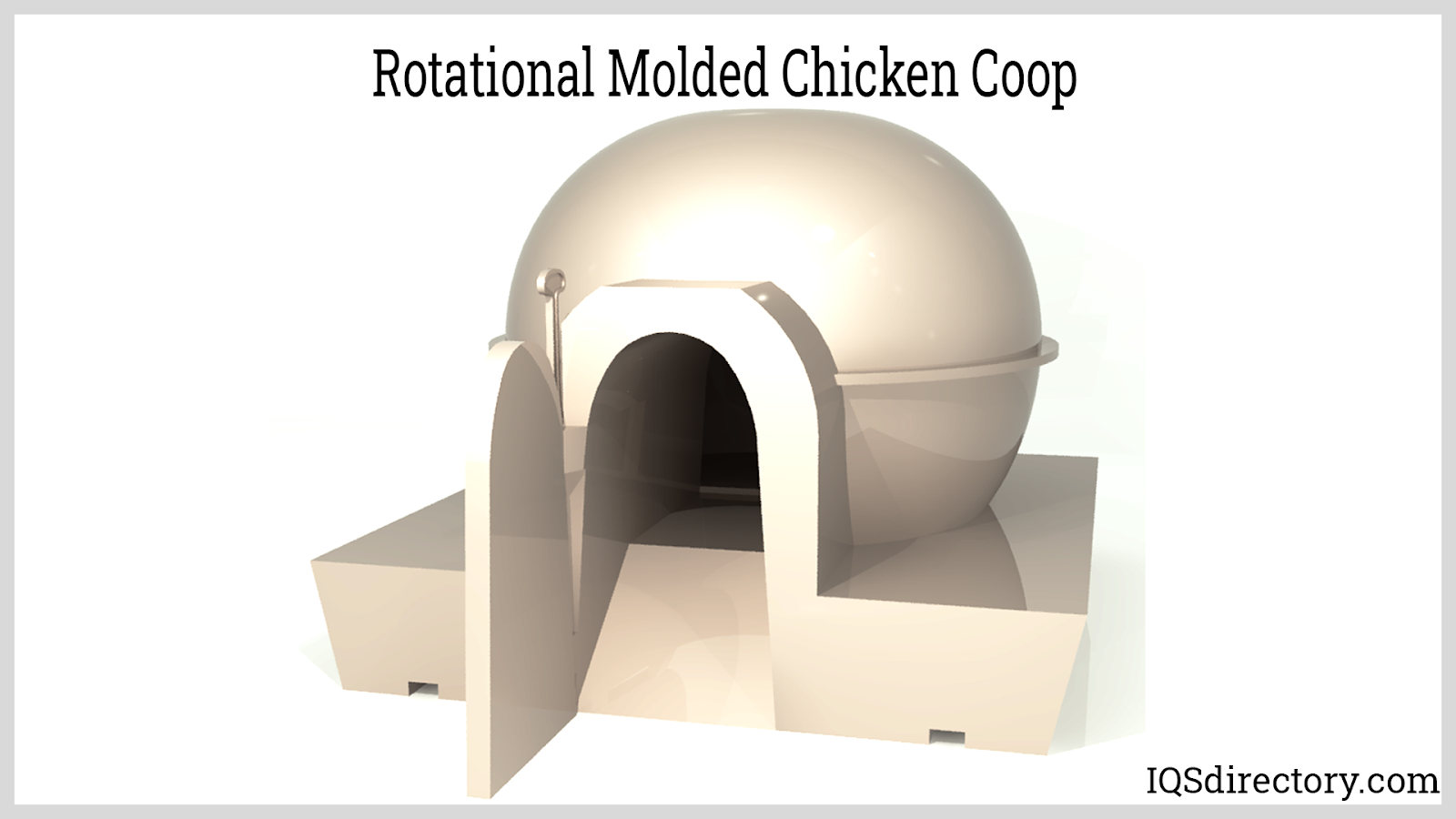
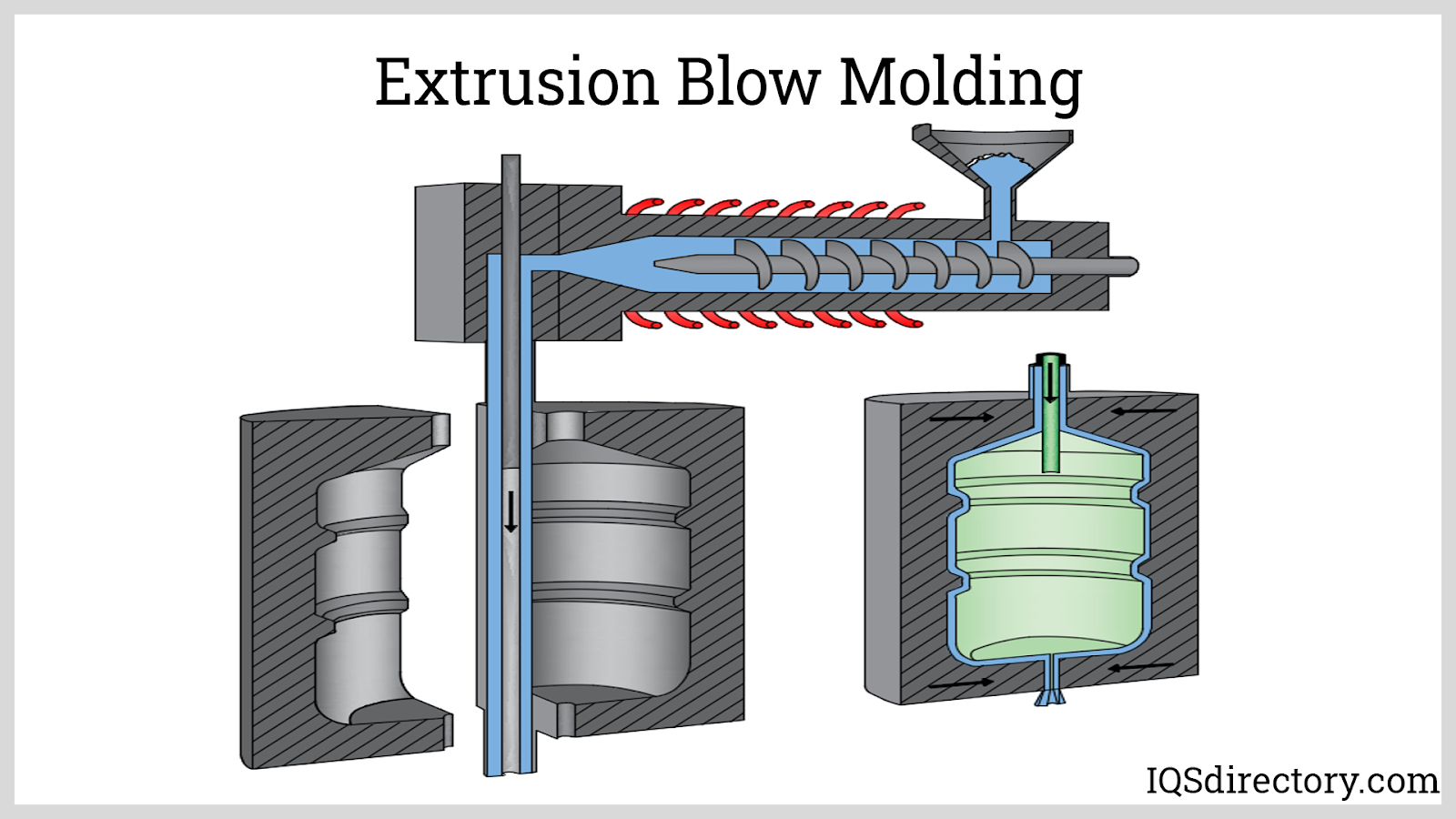
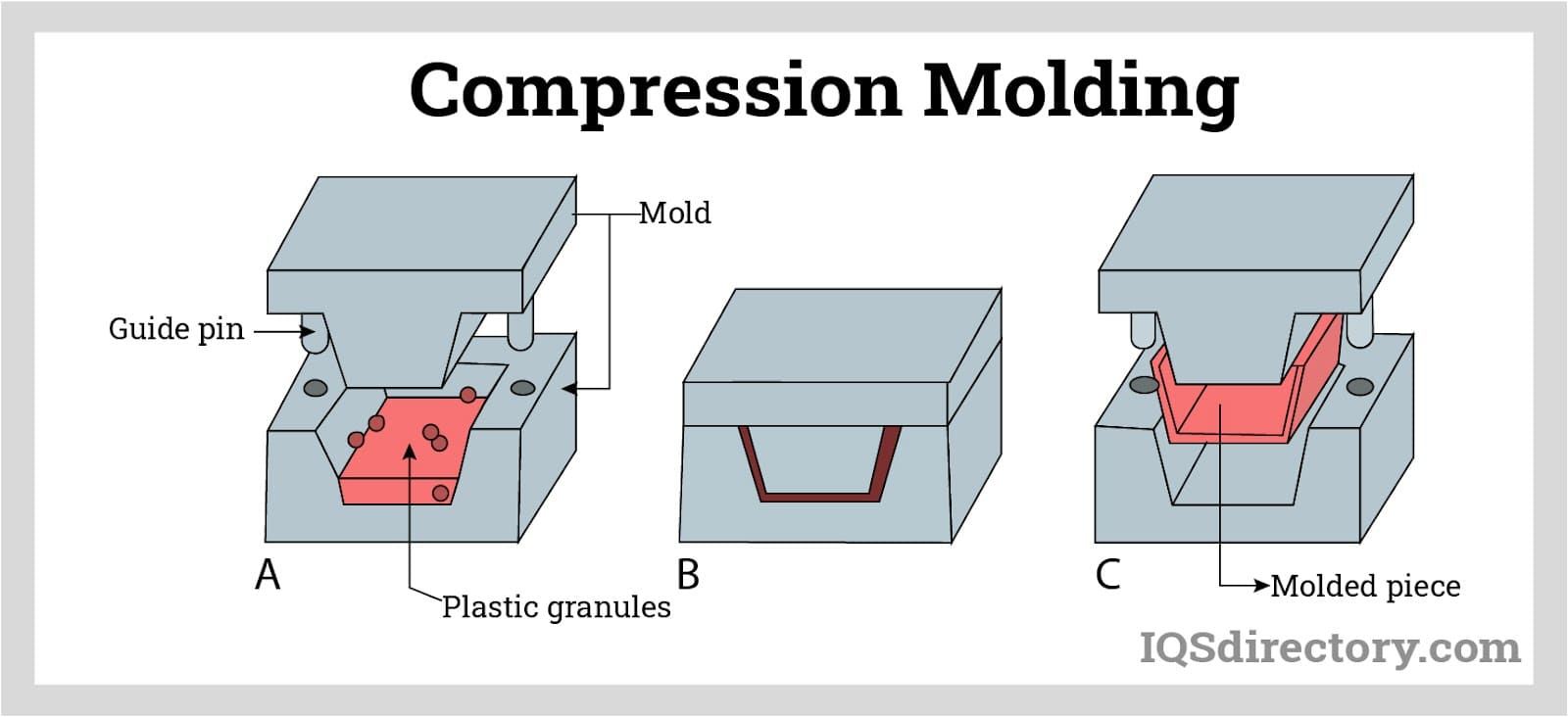
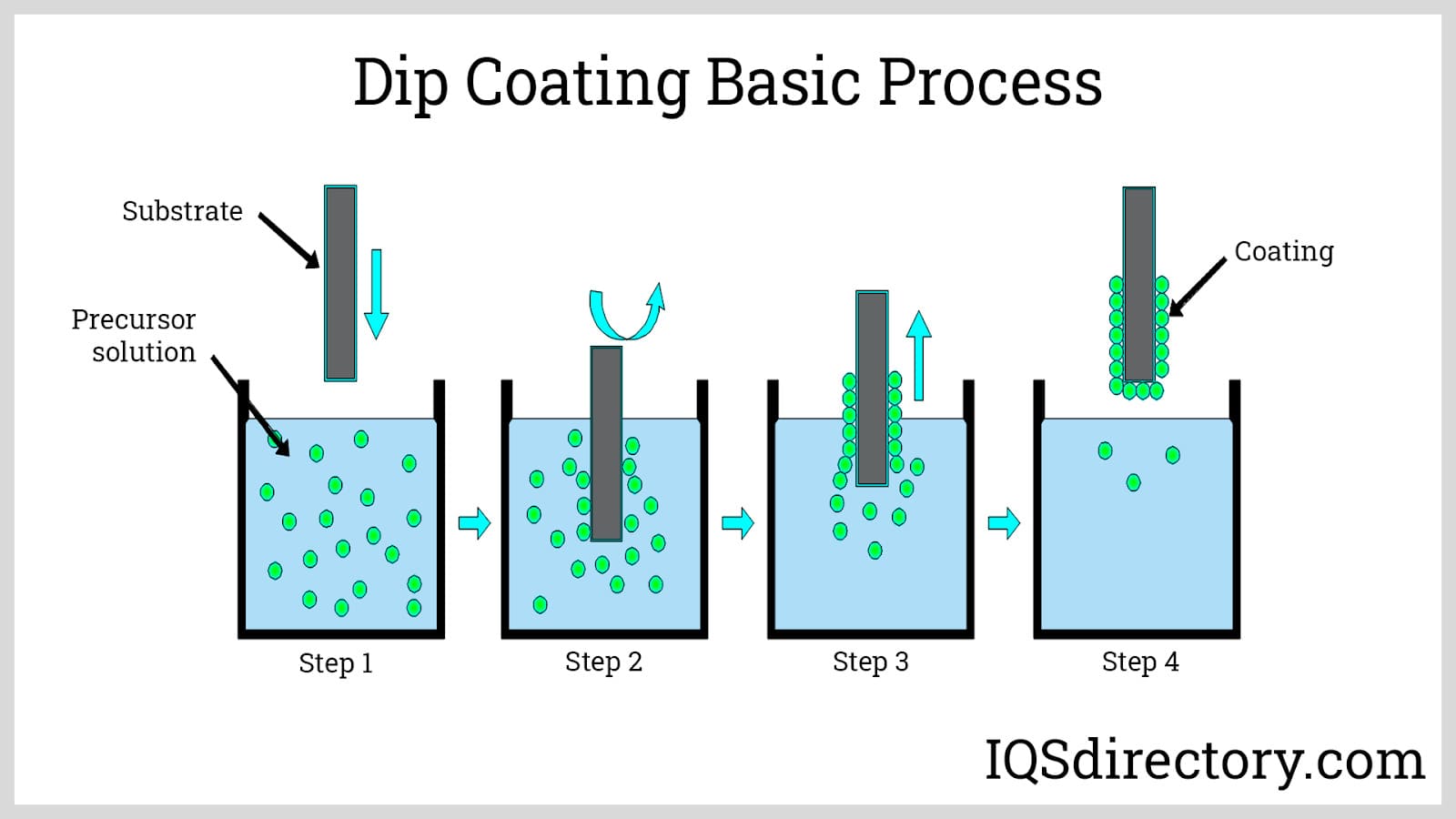
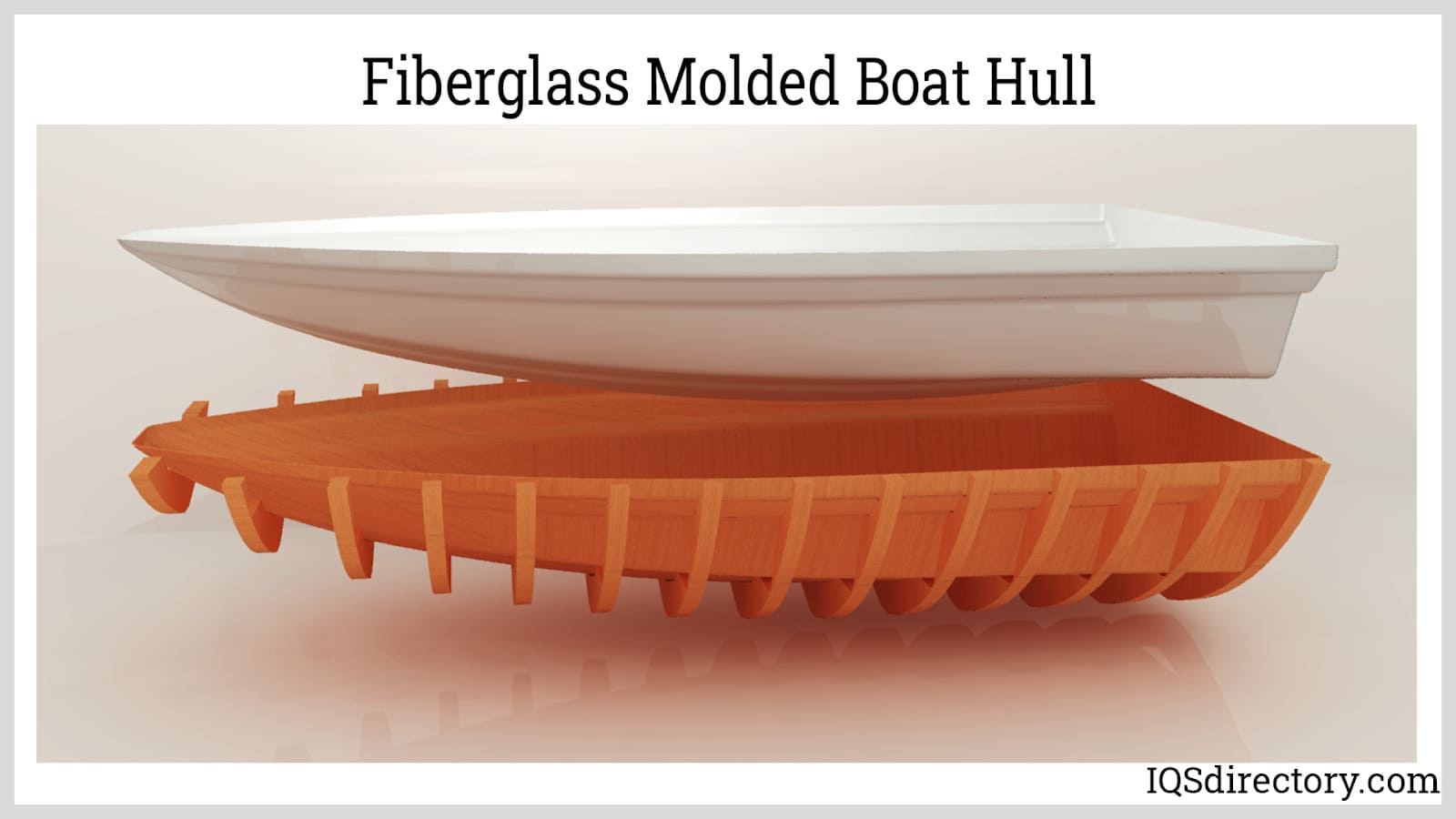
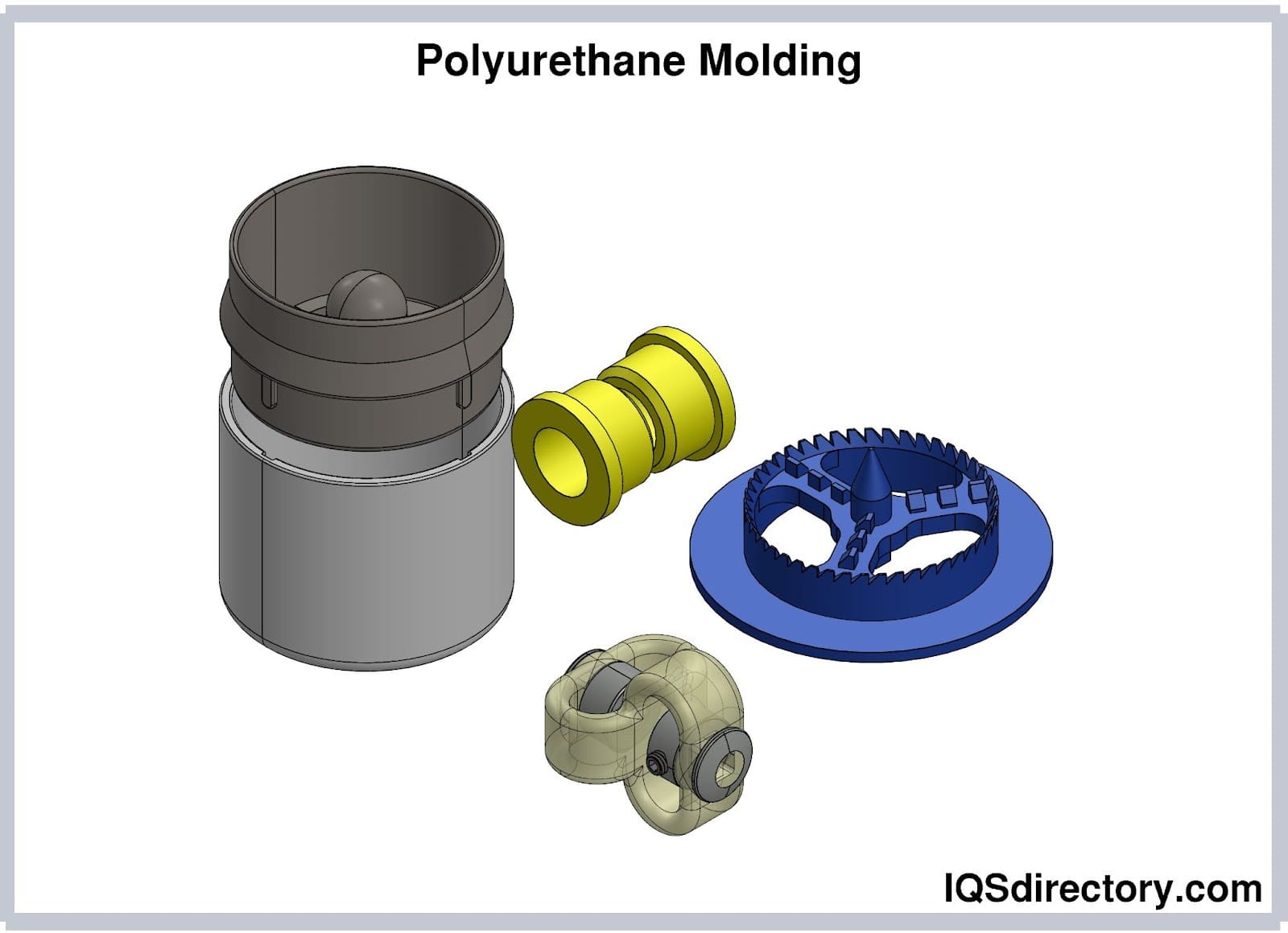
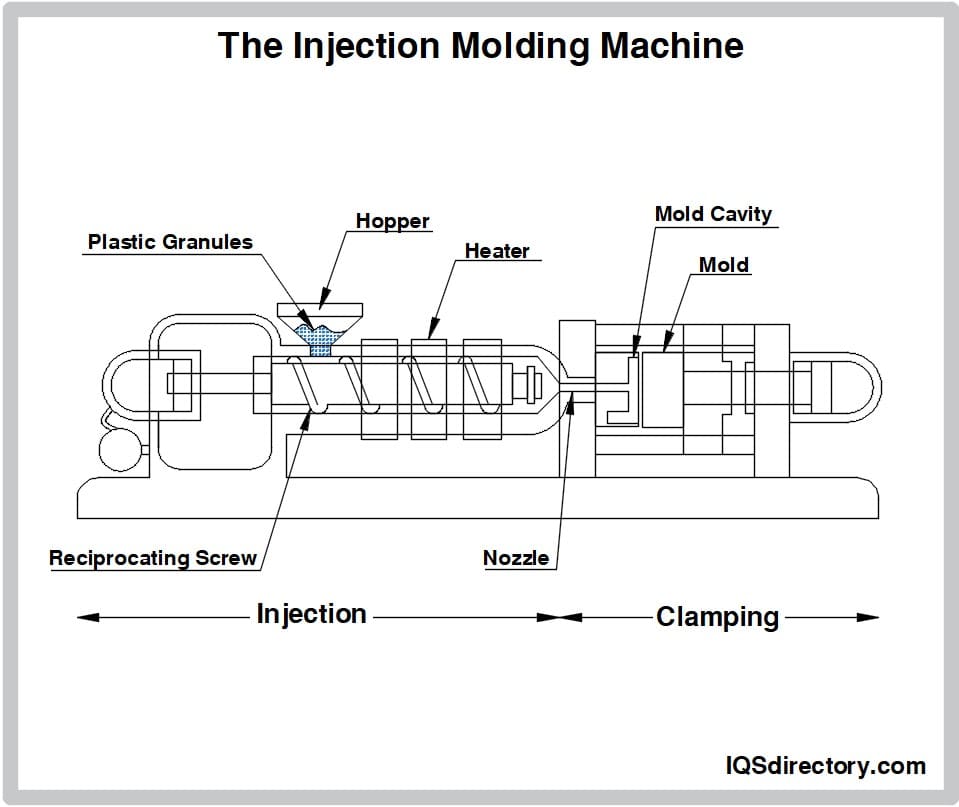
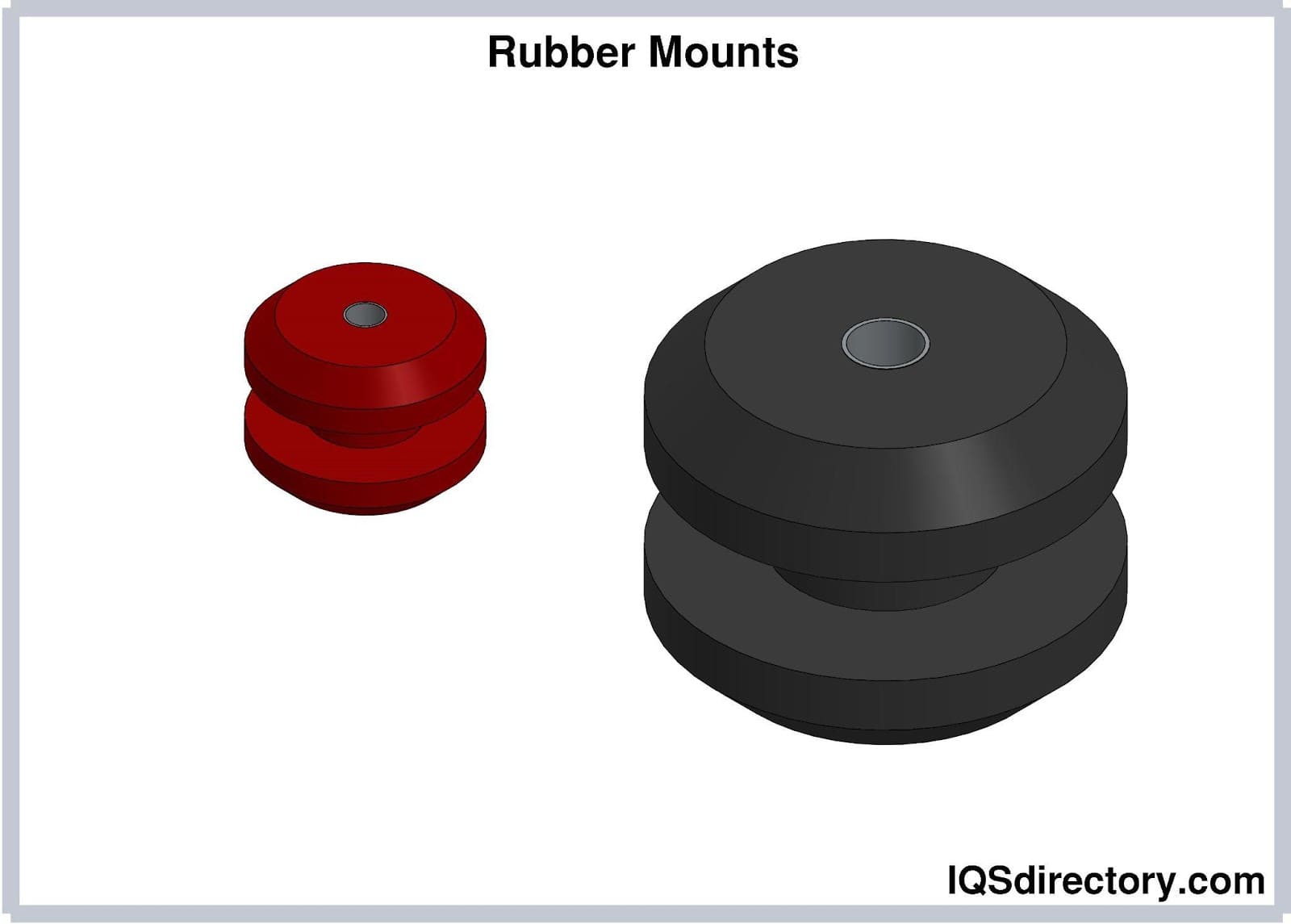
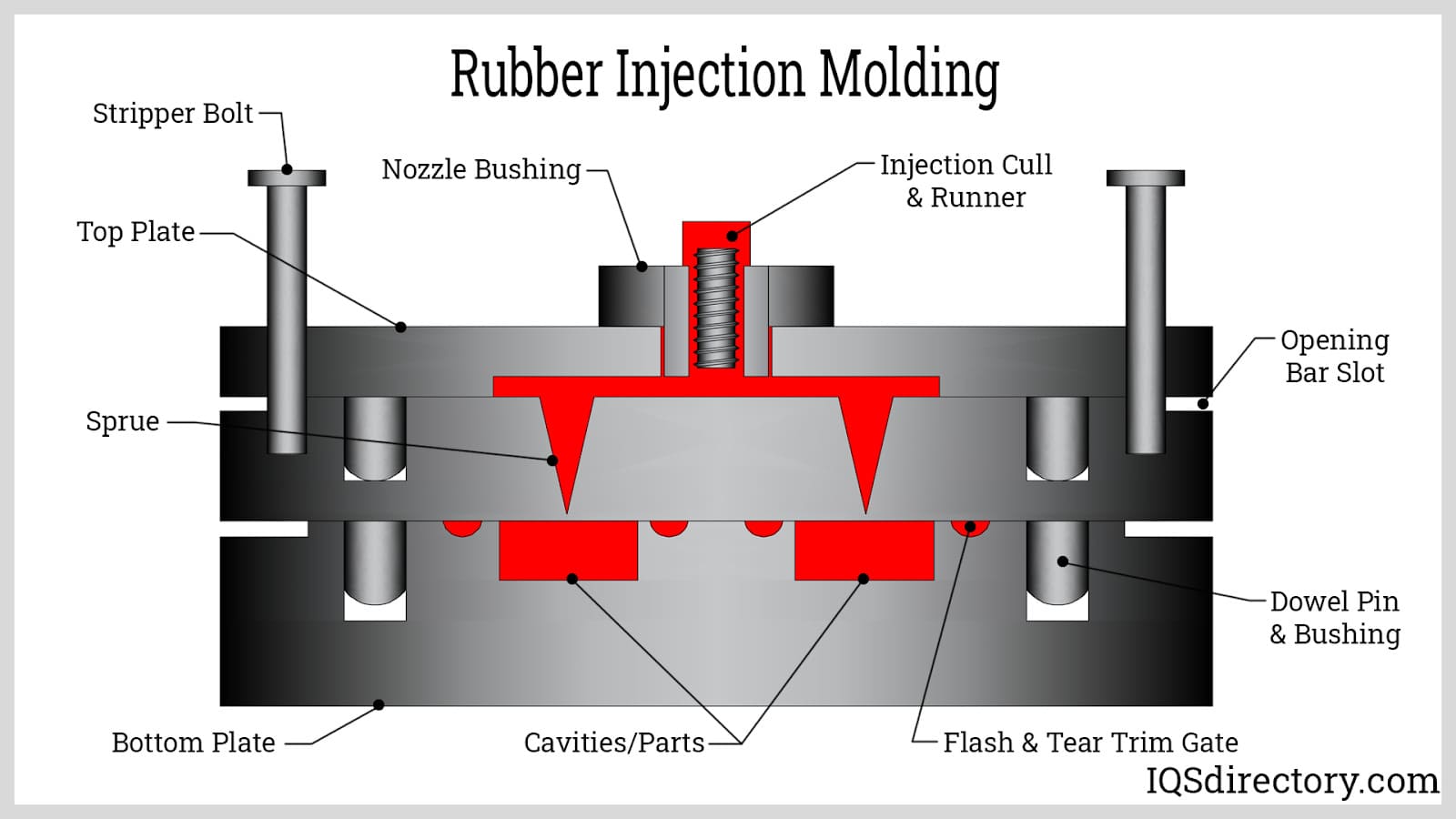
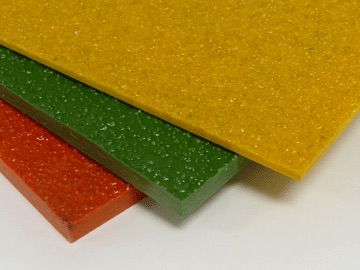 Fiberglass Fabricators
Fiberglass Fabricators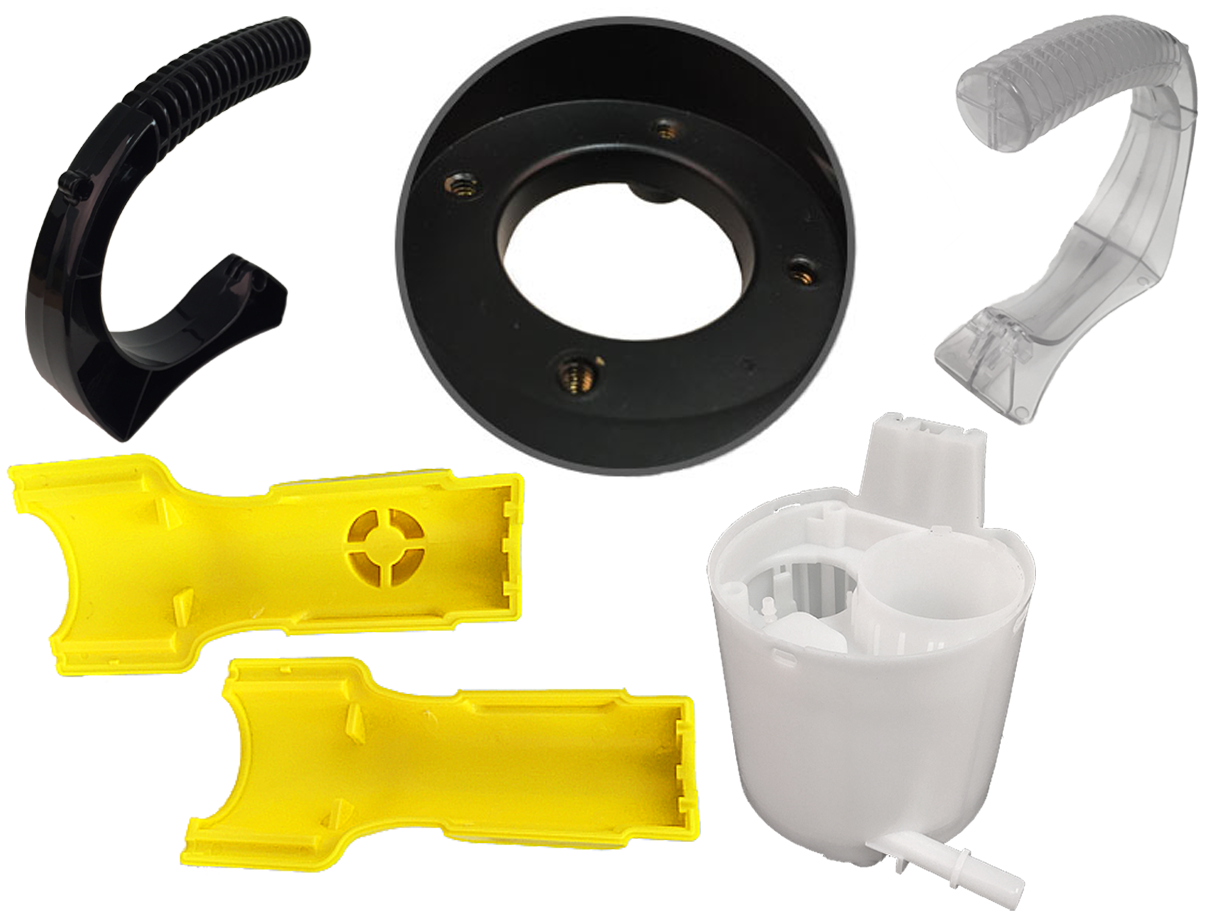 Injection Molded Plastics
Injection Molded Plastics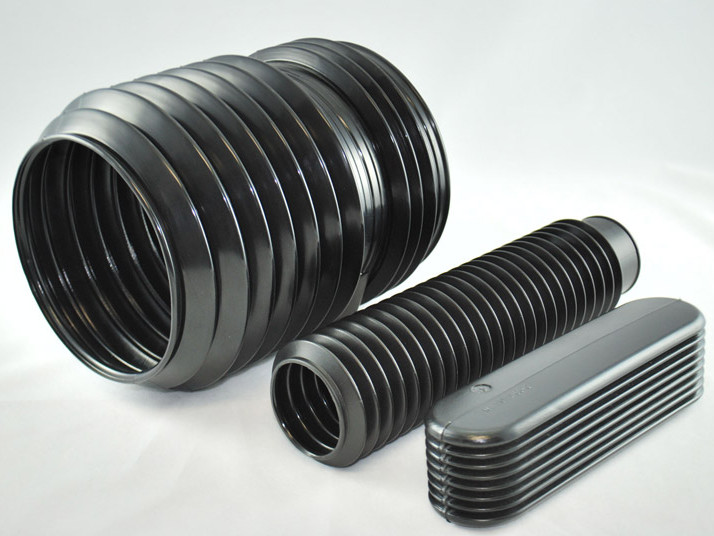 Plastic Blow Molding
Plastic Blow Molding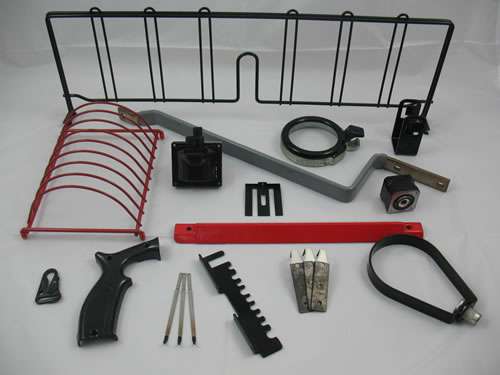 Plastic Dip Molding
Plastic Dip Molding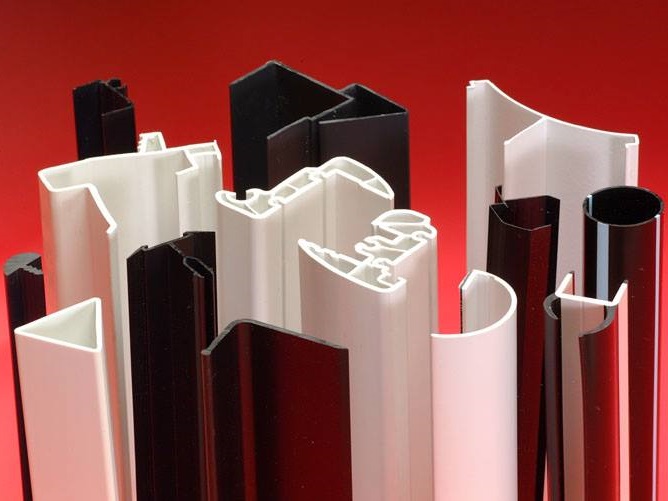 Plastic Extrusions
Plastic Extrusions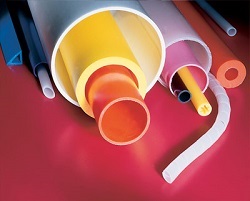 Plastic Tubing
Plastic Tubing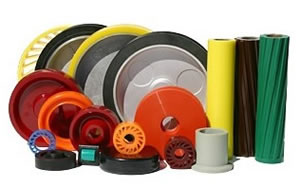 Polyurethane Molding
Polyurethane Molding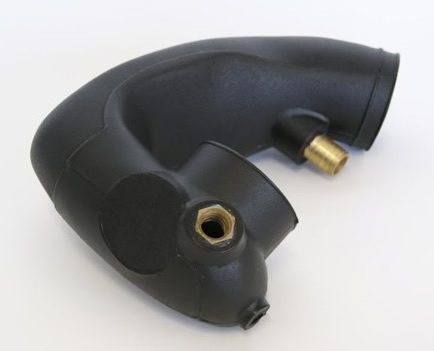 Rotational Molding
Rotational Molding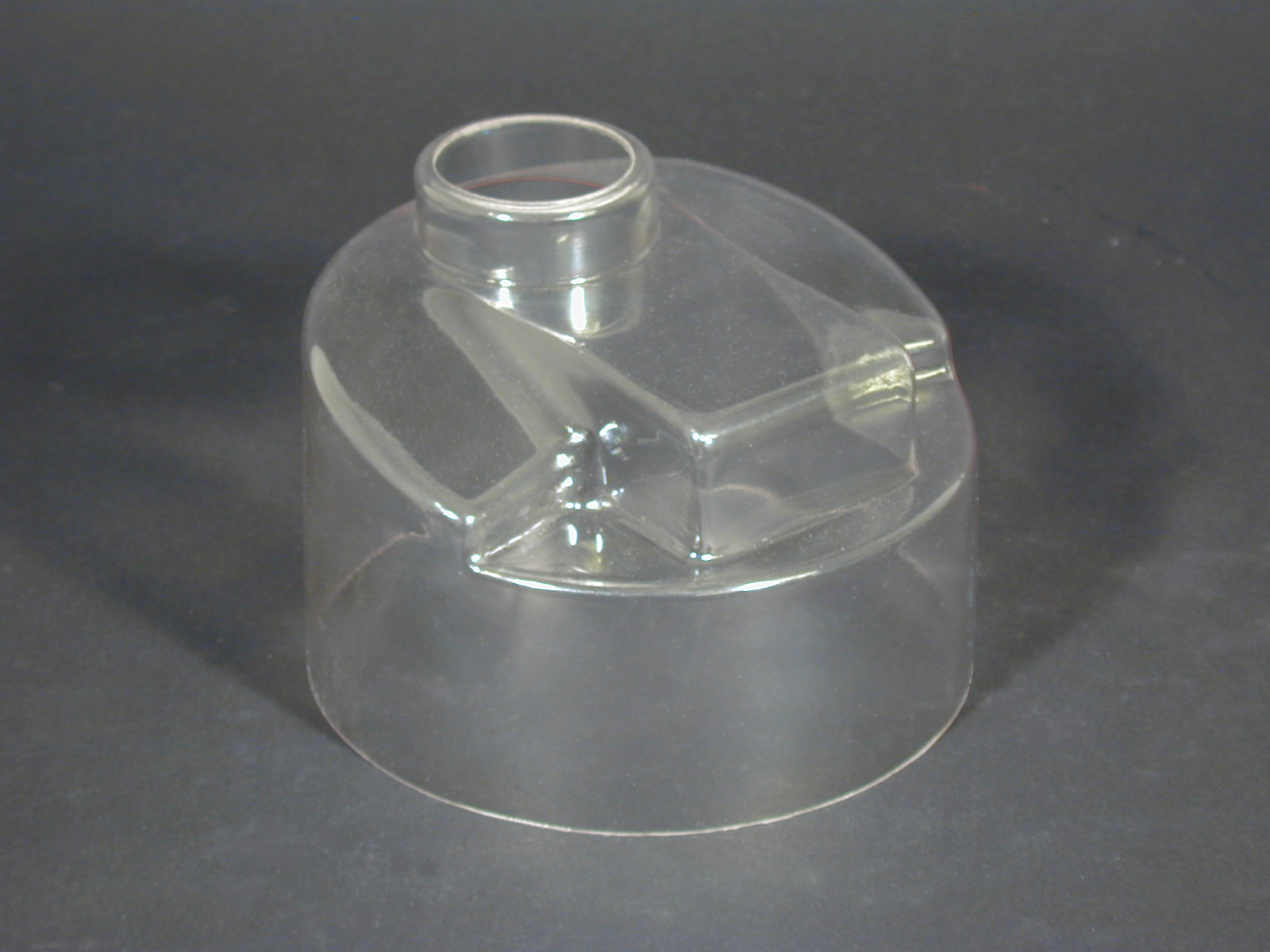 Vacuum Forming
Vacuum Forming Castings & Forgings
Castings & Forgings Bulk Material Handling
Bulk Material Handling Electrical & Electronic Components
Electrical & Electronic Components Flow Instrumentation
Flow Instrumentation Hardware
Hardware Material Handling Equipment
Material Handling Equipment Metal Cutting Services
Metal Cutting Services Metal Forming Services
Metal Forming Services Metal Suppliers
Metal Suppliers Motion Control Products
Motion Control Products Plant & Facility Equipment
Plant & Facility Equipment Plant & Facility Supplies
Plant & Facility Supplies Plastic Molding Processes
Plastic Molding Processes Pumps & Valves
Pumps & Valves Recycling Equipment
Recycling Equipment Rubber Products & Services
Rubber Products & Services